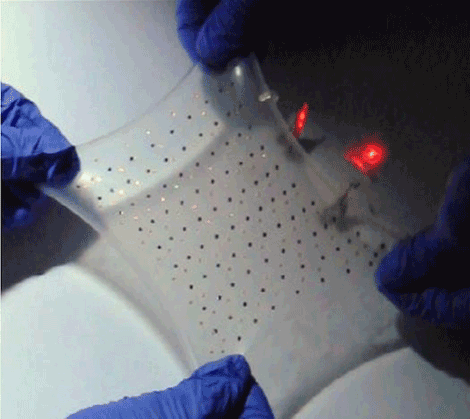
The display beams 3-D objects a centimeter above or below,
Handheld holograms aren't here yet, but these little prototypes offer glimpse of what that future might look like. Researchers at Hewlett-Packard Labs have made prototypes of screens that could display 3D images and videos in smartphones, smart watches, tablets and other mobile devices, they say.
In a conference call with reporters, Hewlett-Packard physicist David Fattal described what the tech looked like. "You actually see the object extruded one centimeter either in front of or underneath the display," he said. You can even tilt the display to any degree you like and see the displayed object from different angles.
Labs all around the world are working to make screens that can show 3D, so there's no guarantee that the first holographic smartphone will come from Hewlett-Packard, anyway. But we're excited to see this tech progress.
Future vision by Erwin van Lun
Although the virtual world is still ‘flat’, projected on flat ipad, flat smartphones and flat tv screens, it will be 3d soon. Just because our mind is programmed in this way.


